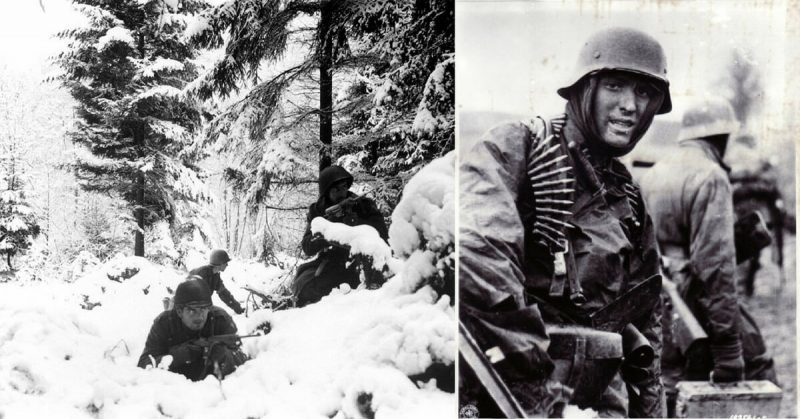Since June 6th, 1944 the Allied armies had been pushing hard against a determined and well-equipped foe. By December of that year, they had reached the Belgian/German frontier, and an Allied victory seemed just over the horizon. Both armies settled down, hoping to survive the viciously cold winter, living out of slit trenches and dugouts.
But early in the morning of December 16th, the German guns opened up, unleashing a hellish torrent of flame and shrapnel. This was quickly followed by a seemingly endless push of infantry and armor. All over the line, American positions were being overrun, but not without a fight.
Near the town of Krinkelt, just across the Belgian border, the Germans were pushing up to the Elsenborn ridge. The American defense there was stiff, and while each man did his duty as best he could, a Sergeant from the 23rd Infantry Regiment, 2nd Infantry Division stood out from the rest.
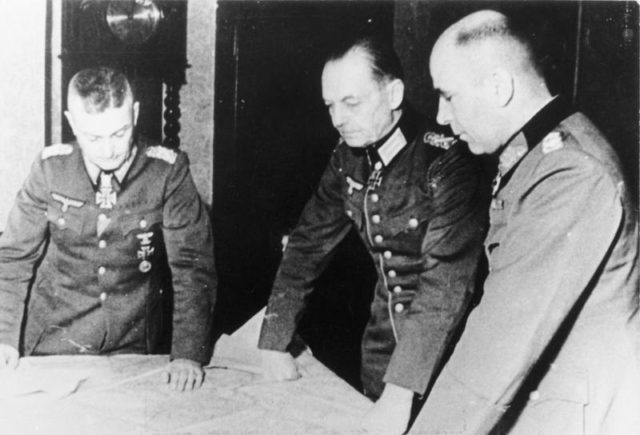
José Mendoza López was born in Oaxaca Mexico, in 1910 to a poor family. While growing up, he helped his mother to sell the clothes she made in the city. But she passed away from tuberculosis while he was young, and he went to live with his uncle in Brownsville, Texas. While there he was discovered by a boxing scout, who helped him begin a career in that sport. Over the next few years, he boxed, served in the Merchant Marine and broke concrete in Hawaii. Then, in 1941, his world changed forever.
He was on a ship from Hawaii to California when he heard of the Pearl Harbor attacks on the 7th of December, 1941. He enlisted in the US army in 1942, joining Company K, 3rd Battalion, 23rd Infantry Regiment, 2nd Infantry Division. His first taste of combat came at D-Day plus 1, June 7th, 1944 when his unit landed in France.
Over the next six months, he and his men fought through France with the rest of the Allied forces. López said that they fought very hard and that he lost many friends through the France campaign, but by December 1944 he and his men were battle-hardened, and knew what had to be done.
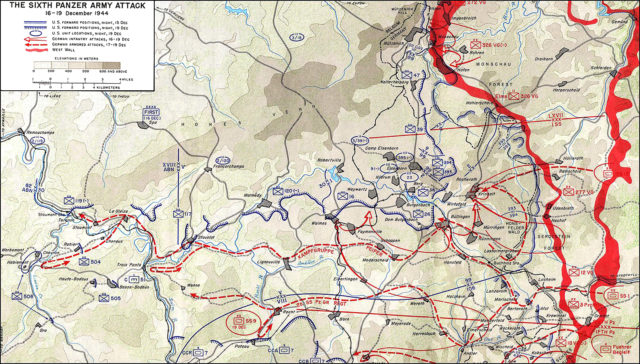
The 2nd Infantry Division was spread around the Elsenborn ridge, a strip of high ground overlooking a grouping of small villages. Sgt. Lopez was stationed near the village of Krinkelt. A German counterattack was expected at some point, but command thought it would be localized, and not very strong. Then the world exploded at 0530 on December 16th, 1944 and every preconception was thrown out the window.
Germans poured towards the Allied forward positions, their armor moving in quickly, carrying infantry which would then dismount and sweep the surrounding area. To the south of Krinkelt, the American line had started to collapse, men were fleeing for their lives, while rear echelon personnel, engineers, officers, and supplies troops mounted a desperate defense.
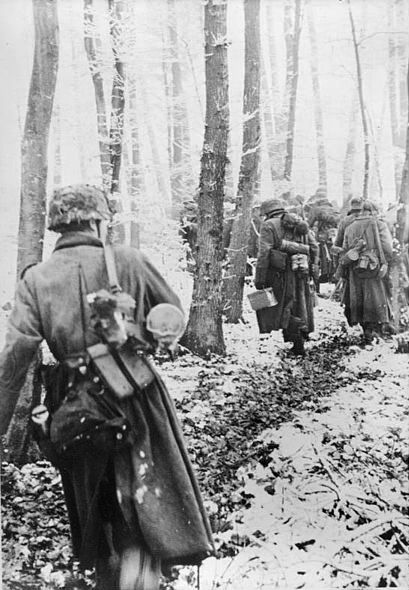
Finally, after over a day of tensely listening to the horrific sounds approaching them, the 23rd Infantry Regiment met the Germans on December 17th. The 1st and 12th SS Panzer Division descended on them and the 394th US Infantry Regiment. When the Germans first approached, Sergeant López was up front with his men and saw an American tank receive a direct hit. He quickly climbed on top, calling down the hatch to see if anyone was alive, or in need of aid.
No response came, all inside had been killed. But from his higher vantage point, López looked out at his unit’s line and realized that their left flank was exposed. He jumped down from the tank, and grabbing a Browning machine gun, sprinted across the line.
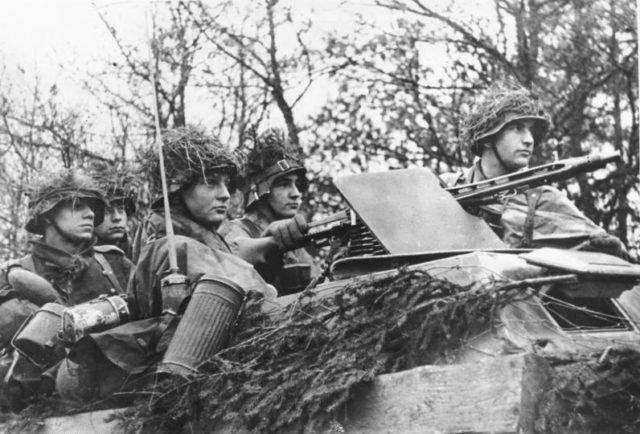
Arriving on the left flank, he threw himself down into a foxhole, which only covered him up to his waist. He immediately let loose a burst of fire, killing 10 advancing Germans. A German tank had spotted him and opened fire. Ignoring this, López found another group of infantry, this time around 25 men, and cut them down as well.
Looking around, he realized his whole line was collapsing, and his men were routing back to safety. But as they got up and ran they were shot down by their advancing enemy. Someone had to give them covering fire to save their lives.
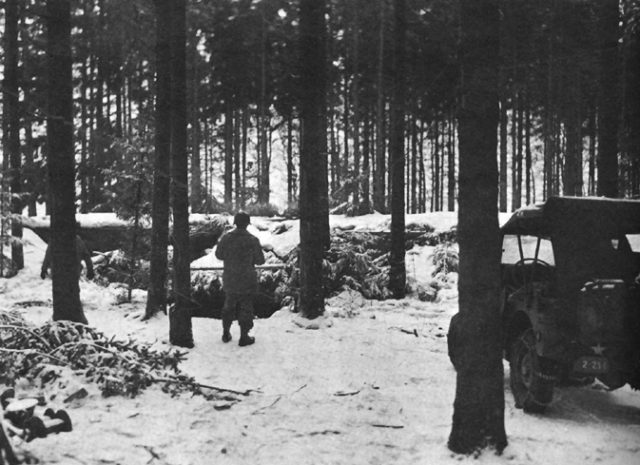
Again, he left his position and bounded to a hole to the rear of the right flank of the line. From here he continued to fire, despite being blown backward by German artillery. But the German troops wouldn’t let up, and seemed to be endless. For every group he killed, more would emerge from the vehicles and snowy forest.
He continued to fire, slowing the German advance just enough for his comrades to retreat to safety. Realizing his position, again, was about to be overrun he carried his now burning-hot machine gun to where a group of his men were desperately trying to establish a new defense.
Resetting his gun, he continued to fire, only giving up this position after expending all of his ammunition. Finally, after intense fighting, and an amazing ability to stay alive, despite the entire world collapsing around him, López and his men made it back to Krinkelt.
By the end, he had killed nearly 100 Germans, and his actions saved countless lives from K Company. For his bravery that day, Sergeant José Mendoza López was awarded the Medal of Honor on June 18th, 1945.
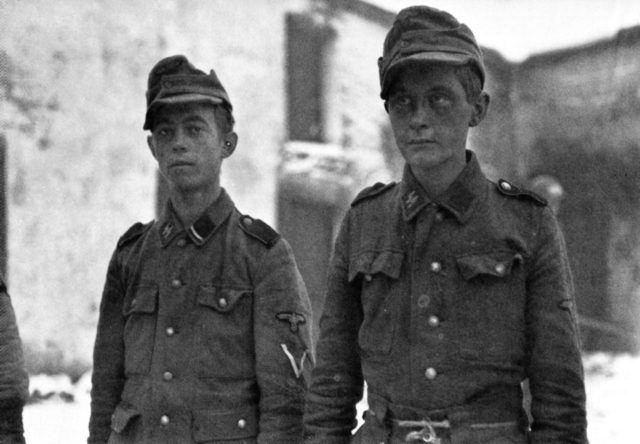
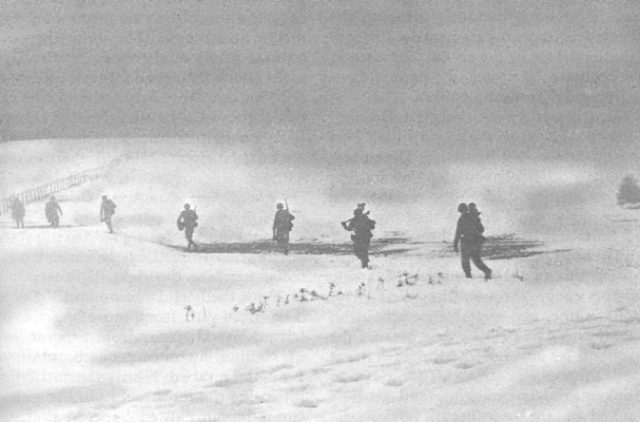
Thanks to the tenacity and courage of men like López, the Americans were able to hold the Elsenborn Ridge, prevent the Germans from continuing their advance north. The troops there were the first to halt the German advance, which permanently slowed the enemy’s movements through the rest of the Battle of the Bulge.
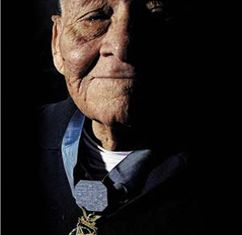
José Mendoza López returned home after the war and was even awarded Mexico’s highest military honor the Condecoración del Mérito Militar. He was accidentally recalled to serve in the Korean war and did so willingly until President Harry Truman issued specific orders for him to be recalled from service. He passed away in 2005, in San Antonio Texas at the age of 94.
